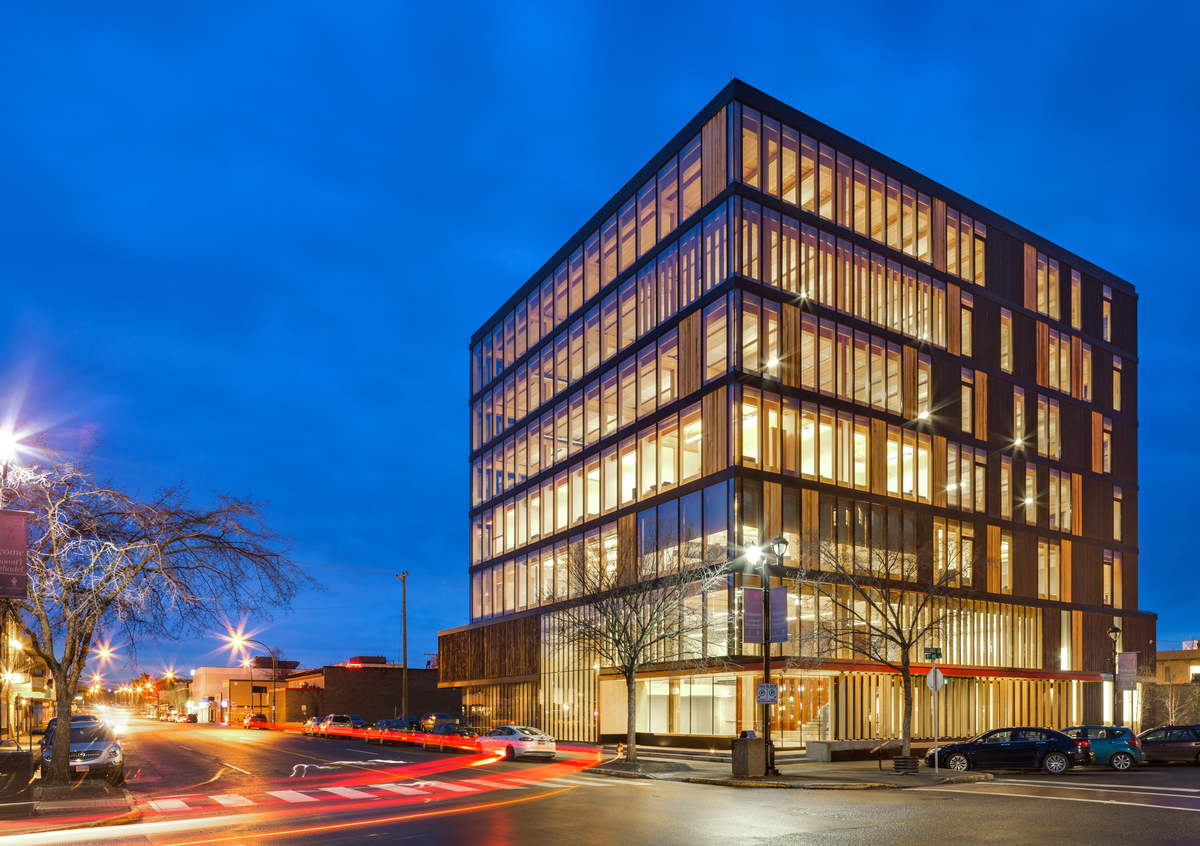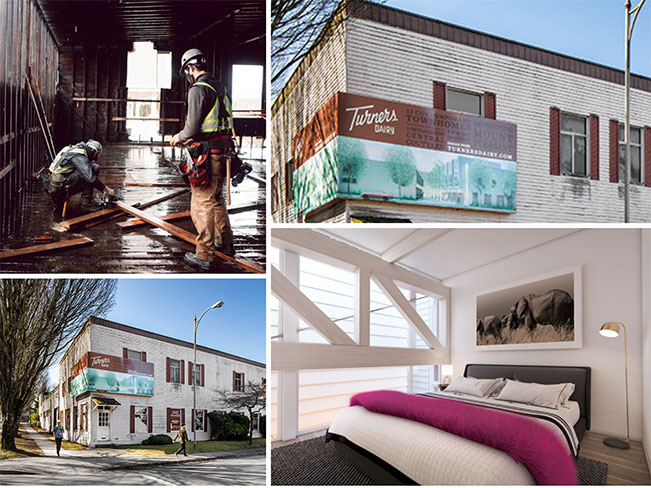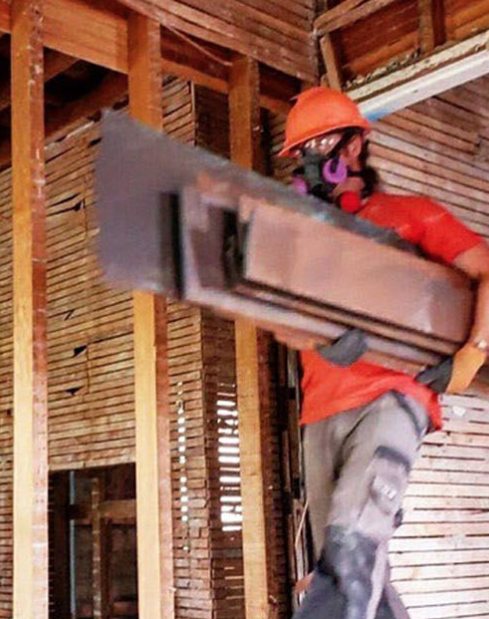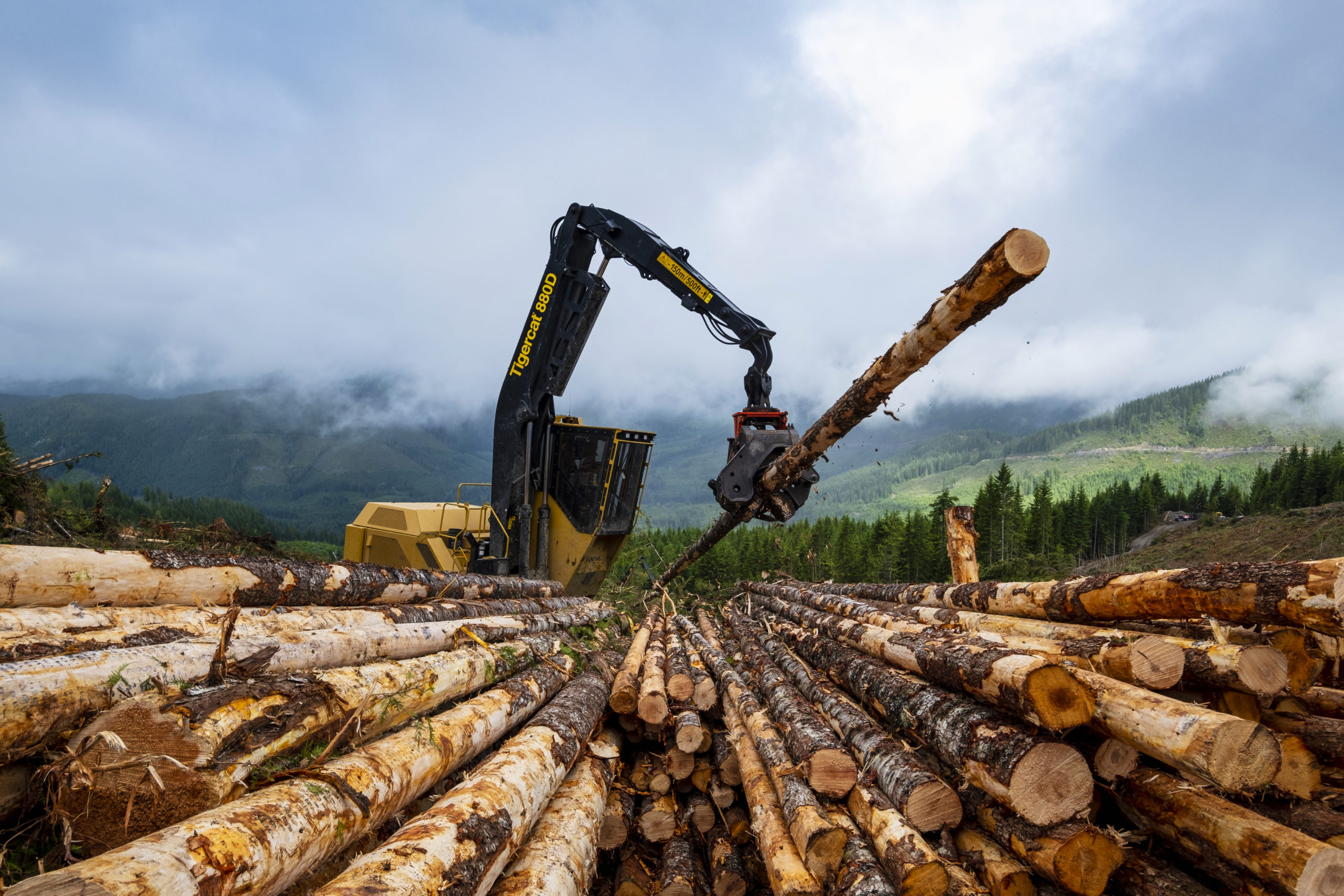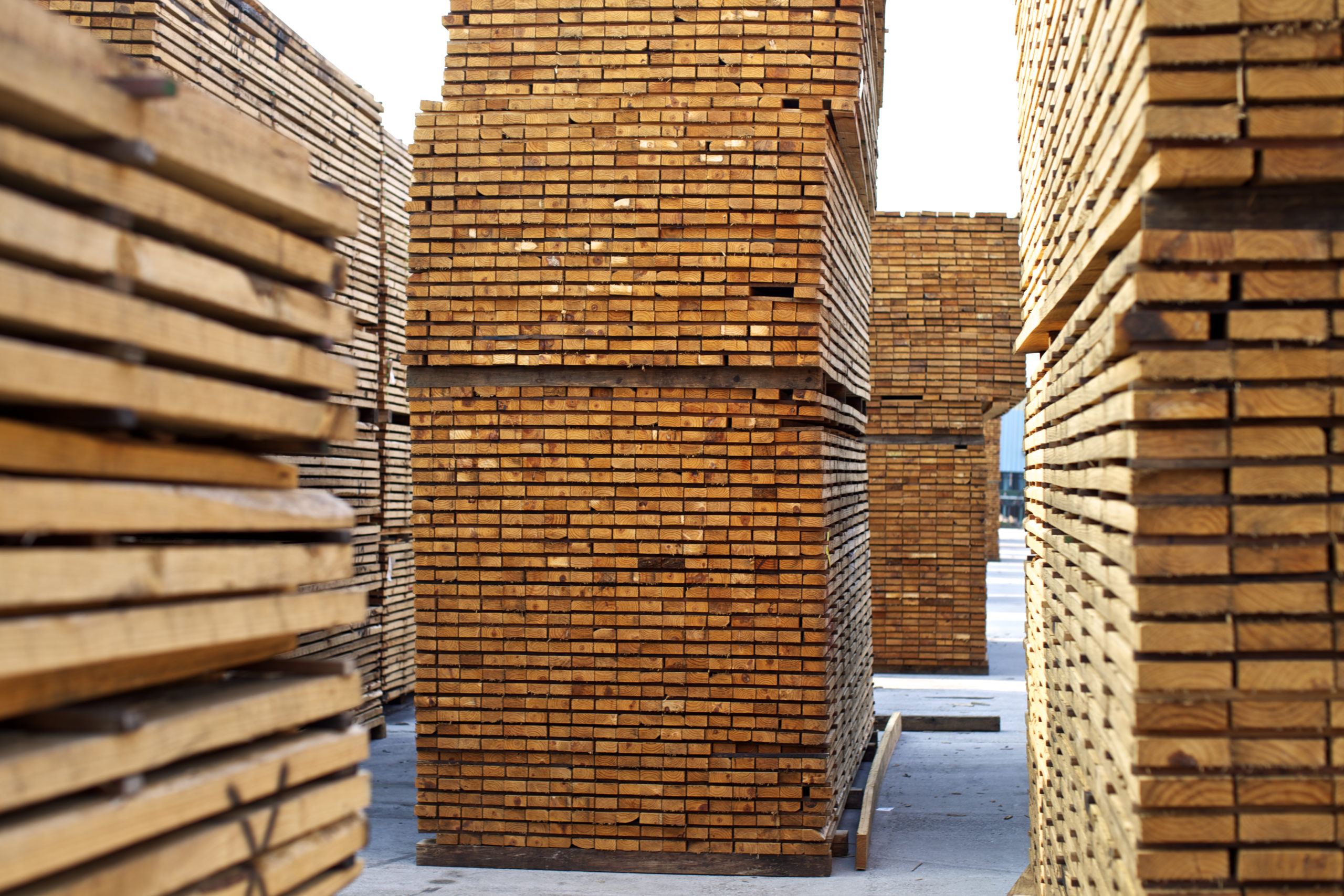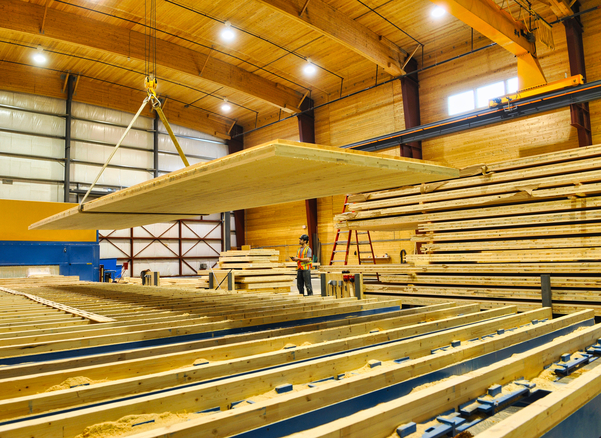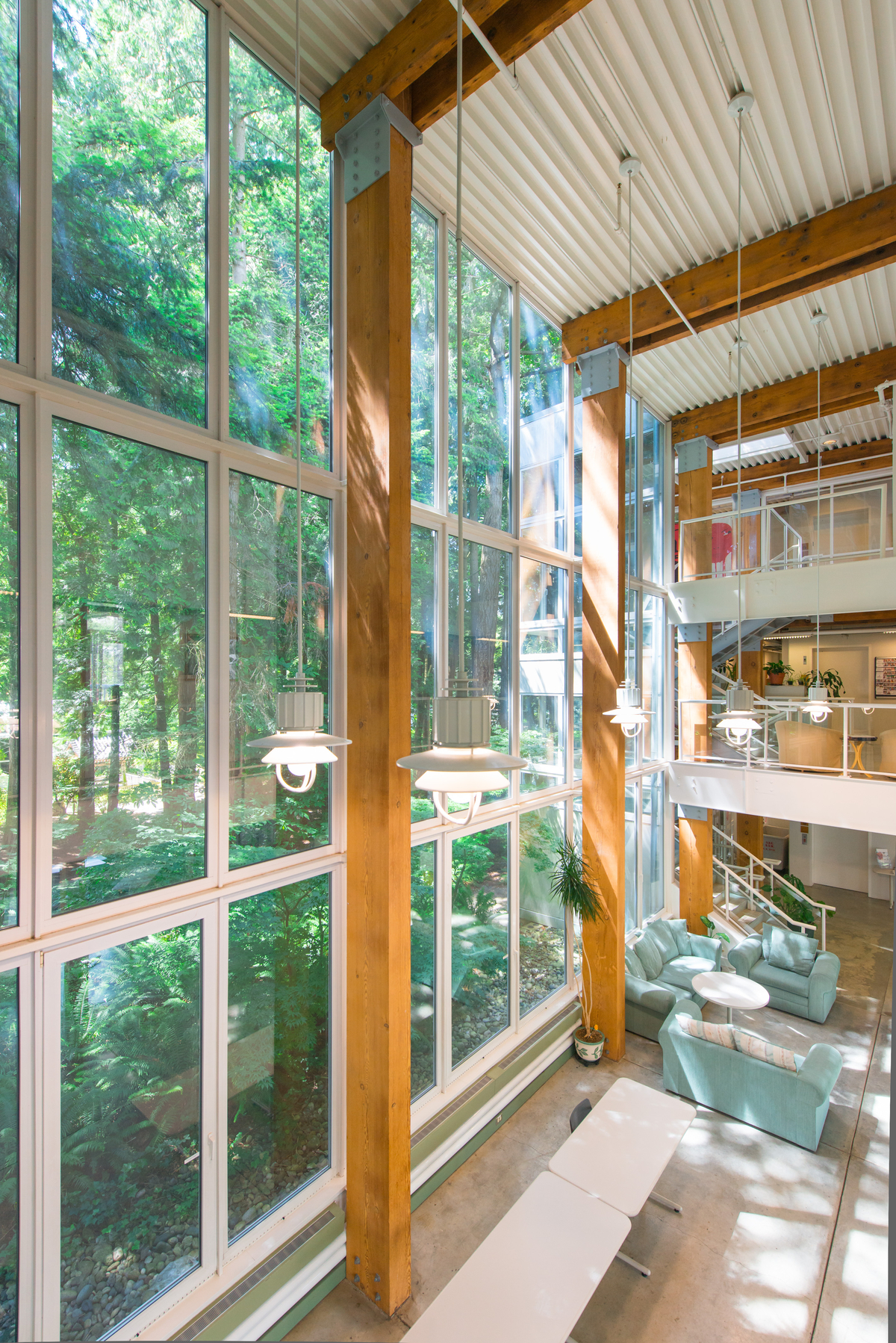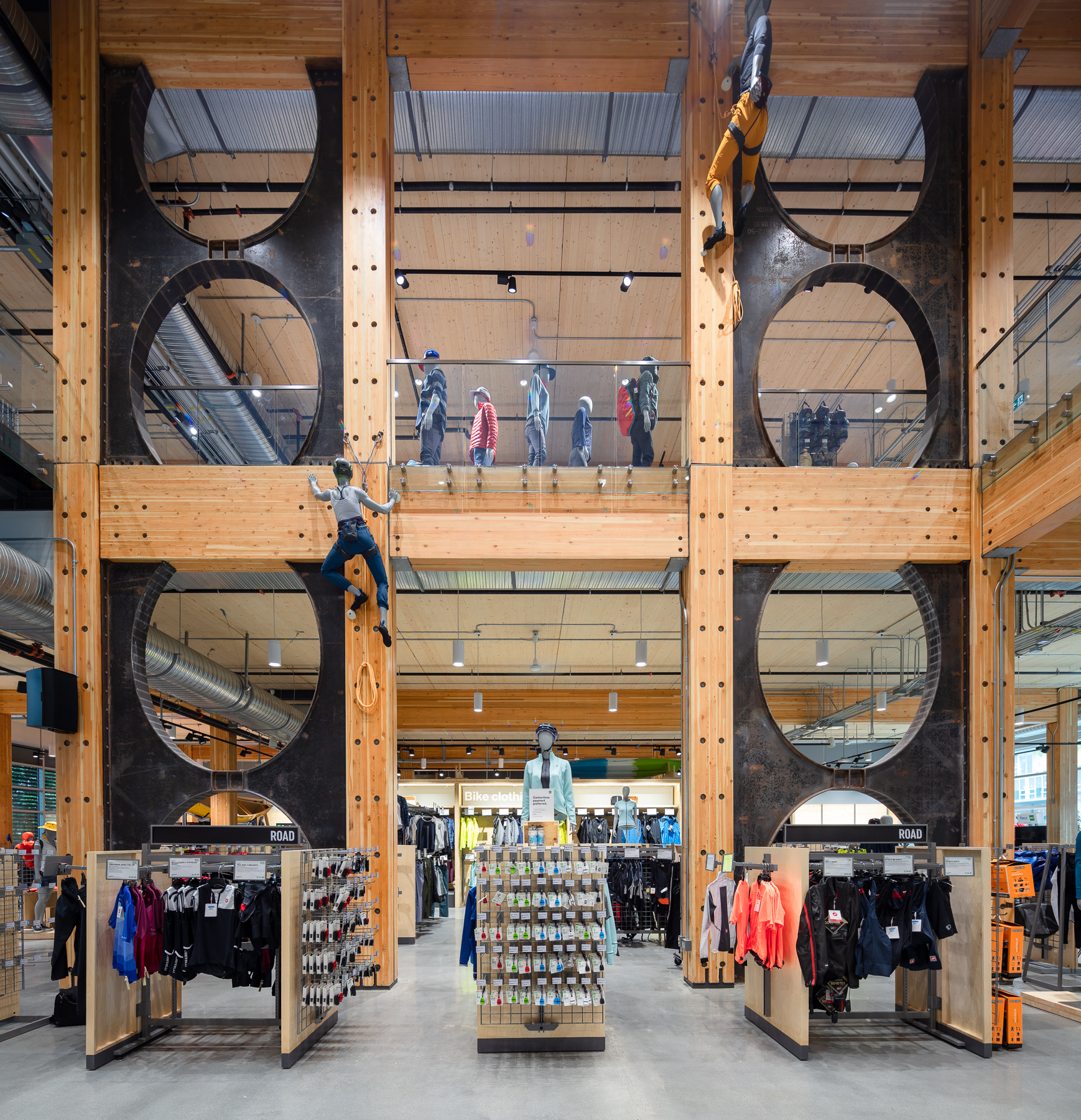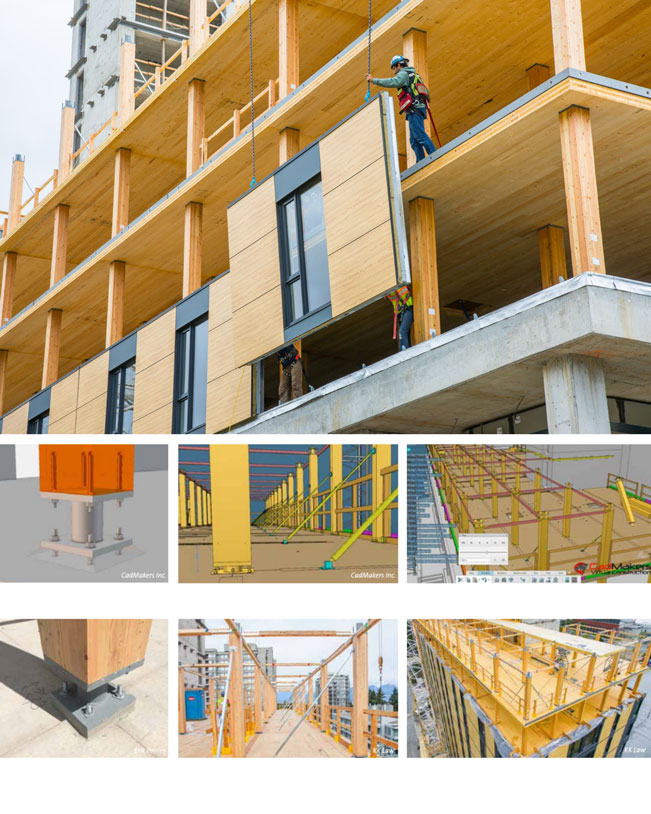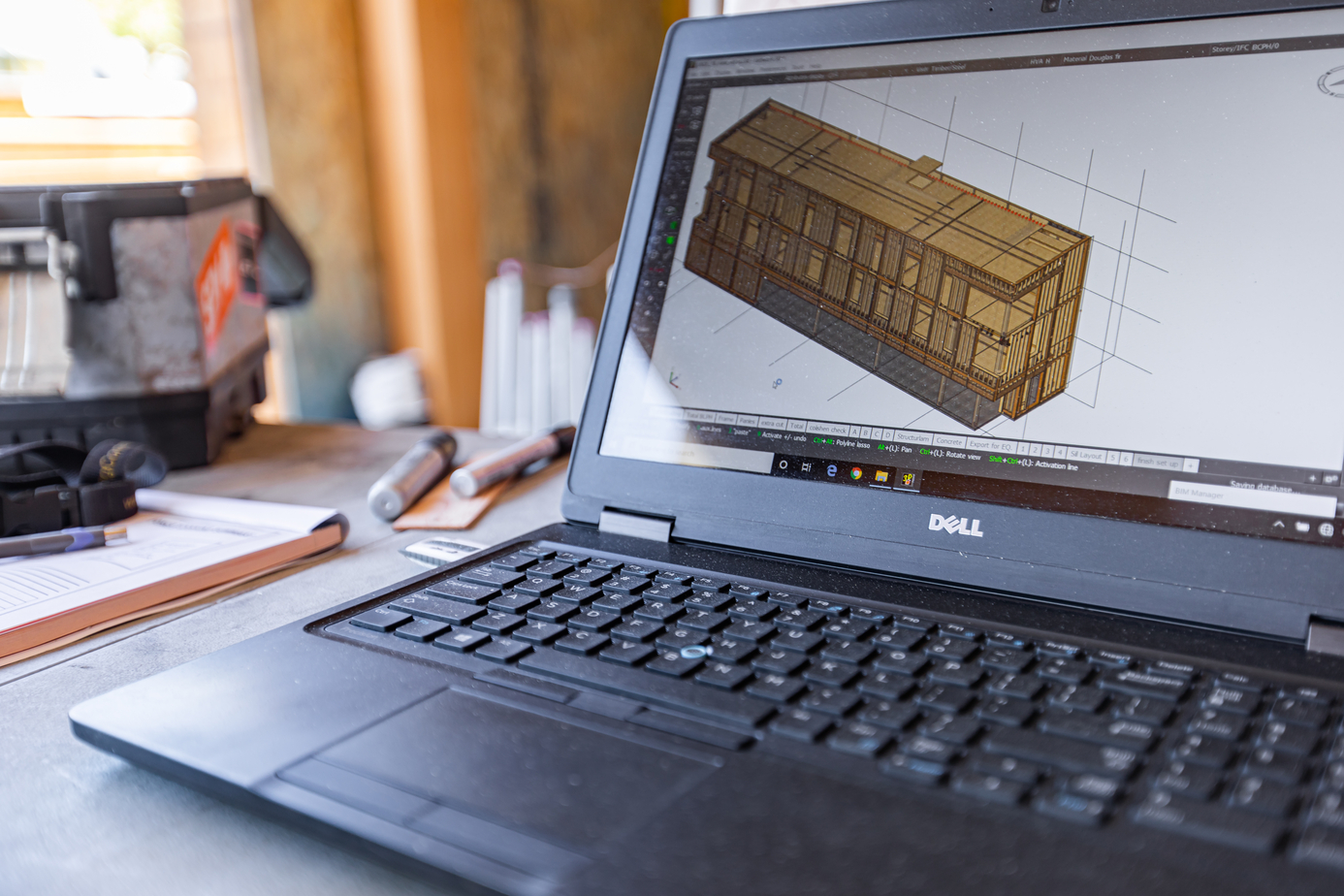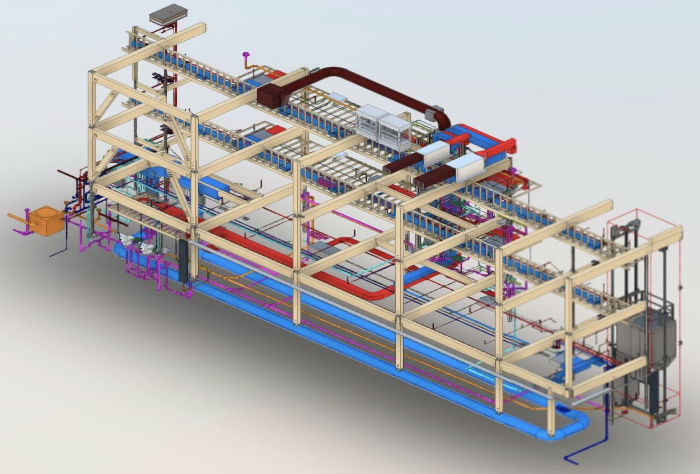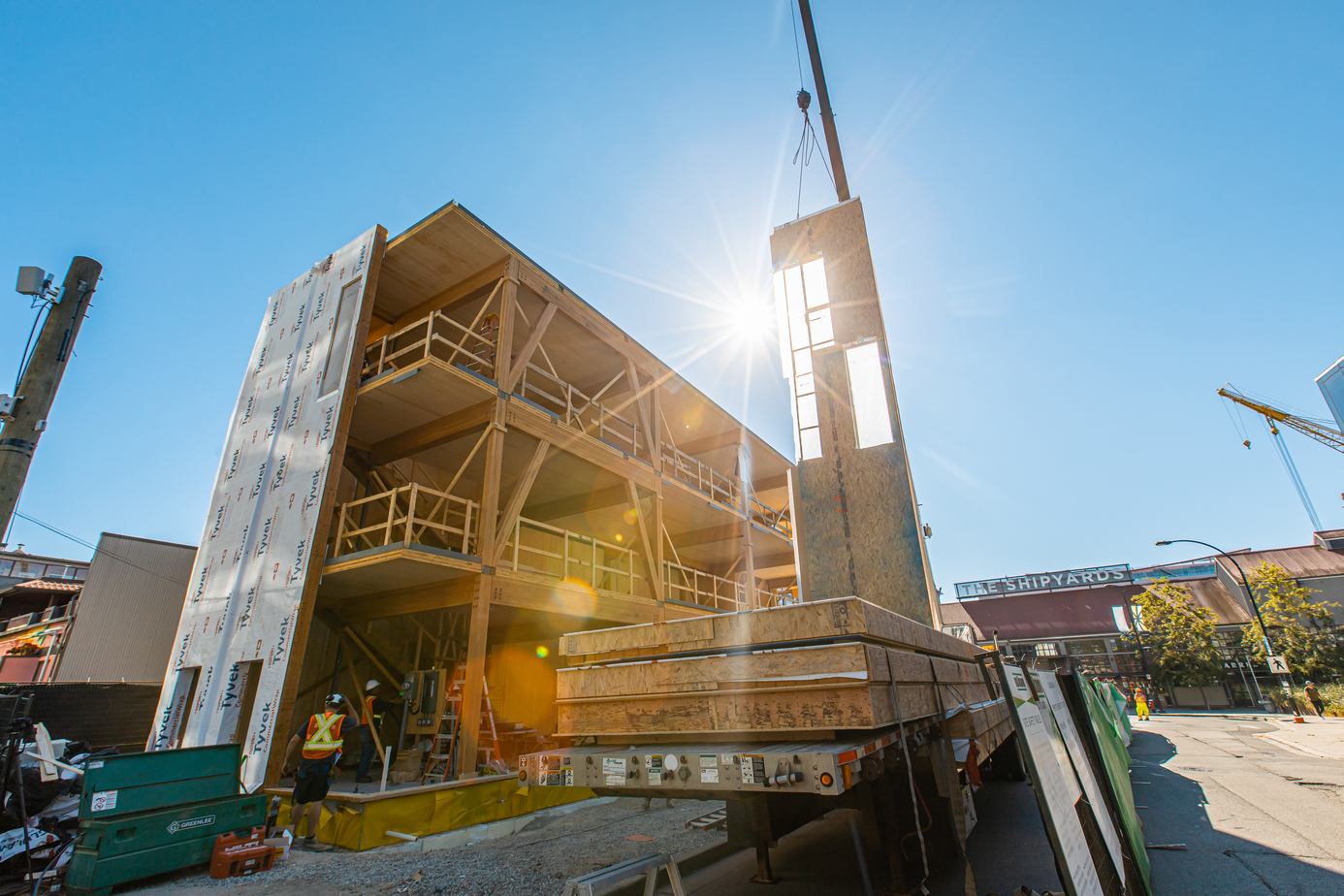Bits and pieces
How wood salvage, reuse and design for disassembly (DfD/A) supports a circular economy
Salvaging timber for reuse is already showing promising signs that it is more than financially viable, representing a sizable boost to local economies.
“The economic incentive is becoming clear. With the old model of ‘take-make-waste’ we’re leaving money on the table. We need to fix that and therein lies the opportunity with a circular economy,” said George Patrick Richard Benson, senior manager, Economic Transformation Decarbonization & the Just Transition at the Vancouver Economic Commission.
A 2020 report, co-authored by the Vancouver Economic Commission, Unbuilders, and the British Columbia Institute of Technology, found that at current valuations, the estimated volume of salvageable wood in Metro Vancouver across the 780+ residential demolitions is worth approximately $340 million a year.
Beyond salvage, design for disassembly (DfD/A) in B.C. and Canada’s building sector is growing. While pick-up has been gradual, there are examples that are helping lay the groundwork for the broader industry. By definition, DfD/A is the design of buildings that anticipates future changes and dismantlement (in part or whole) for recovery of systems, components, and materials. It means much of the building components can be re-used as efficiently as possible at the end of their lifespan, avoiding demolition and diverting landfill waste, and reducing pressures on natural resources.
While not yet mainstream, both Shorthouse and Benson explained there is momentum for DfD/A and circular construction principles in the province and across Canada.
CK Choi Building | Built in 1996 at The University of British Columbia is an early example and is recognized for extensive material salvage and reuse, in addition to applying principles of DfD/A. The project uses reusable components and a modular design throughout. Salvaged heavy timbers provided 60 per cent of the primary wood structure. Over 50 per cent of the building’s materials are examples of reuse or come from recycled sources. This includes steel, plywood, framing timber and doors. | Photo credit: Don Erhardt
